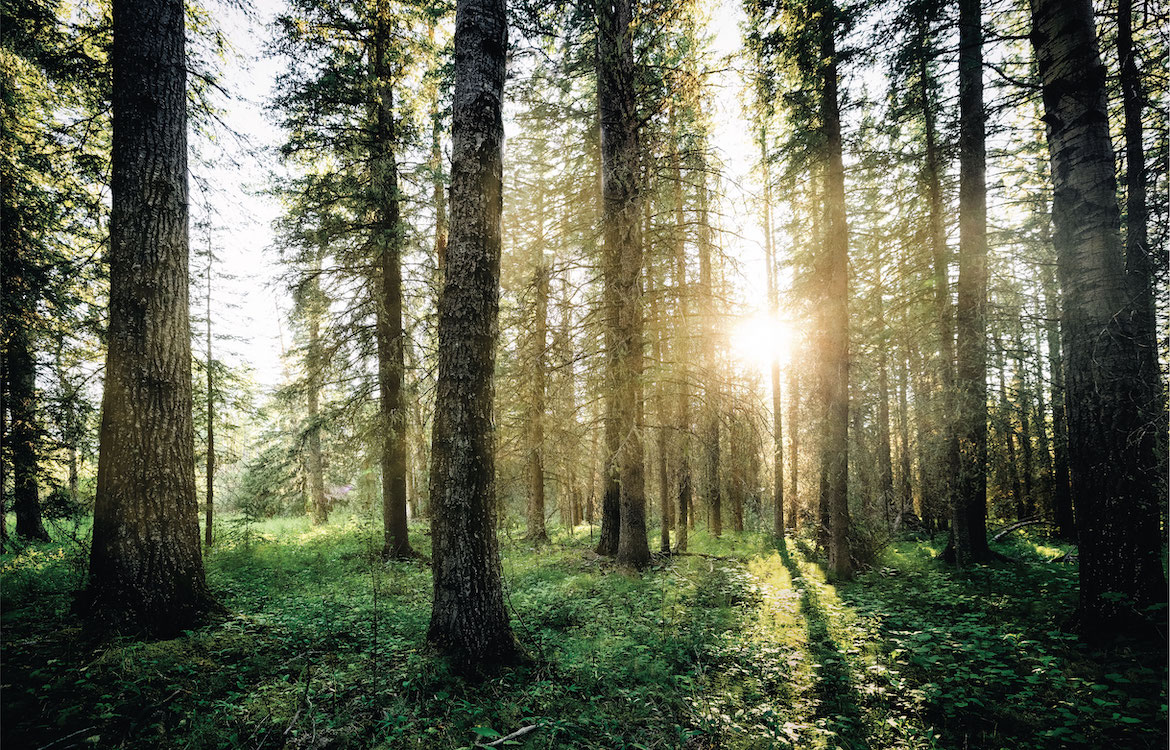Since 1942, the Alberta Forest Products Association (AFPA) has worked with company members and the Alberta government to keep forestry workers safe, Alberta’s economy strong and ensure the province’s forests stay fertile and beautiful for generations to come. The organization is, in the words of Director of Communications Aspen Dudzic, “the voice of sustainable forest management in Alberta.”
Managing Alberta’s sustainable forests means making sure there will always be forests to maintain, and a 200-year plan — the heart of AFPA’s Love Alberta Forests campaign — is a good start. “Before our forest companies can harvest a single tree, they have to prepare a 200-year plan, with input from biologists and wildlife specialists, and present that to the government, and the plan is re-evaluated every 10 years,” Dudzic says.
Members go beyond government regulations and plant multiple trees for every one they harvest, which has resulted in “our forestry sector planting over 100 million trees just this summer.” But it doesn’t end there. Once planted, companies must monitor the new growth for a minimum of 14 years to make sure it returns healthy, with a diverse set of species, and is well on its way to self-sustainability.
Utilization continues beyond harvest as well. Not all lumber is grade stamped for home construction approval — it can still make a quality fence, or birdhouse. “We make sure that we’re using as much of the product as we can, that none of it is going to waste.”
The plan helps the forests, first and foremost, but it also helps people. As Dudzic explains, over 70 communities in the province are considered forestry dependent, filled with people who have chosen this work in part because they love to be in nature every day, and the sector at-large employs over 31,000 people. “It’s integral to how they operate and are woven into the fiber of their communities,” she says.
Of course, planting trees helps reduce planet-warming carbon, and every tree does its part. But bigger isn’t necessarily better. Dudzic often encounters the misconception that full, mature trees take in more carbon just because of their sheer mass. But trees actually take in more carbon as they’re growing, because they need more energy during that stage of development. “We compare this to thinking about your grandma and how much she can eat, versus your growing teenager,” she says.
